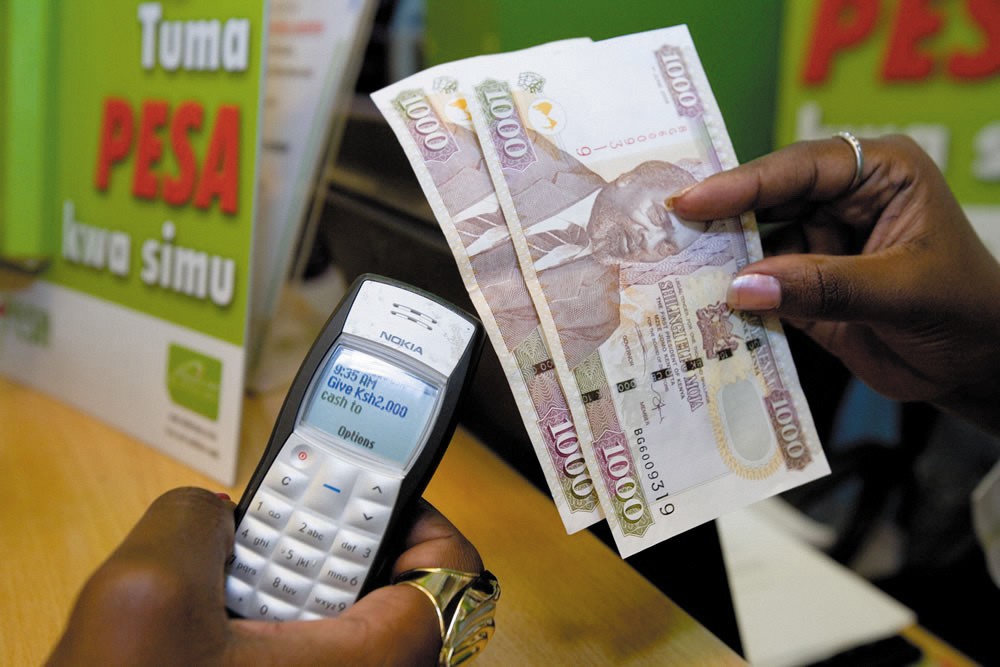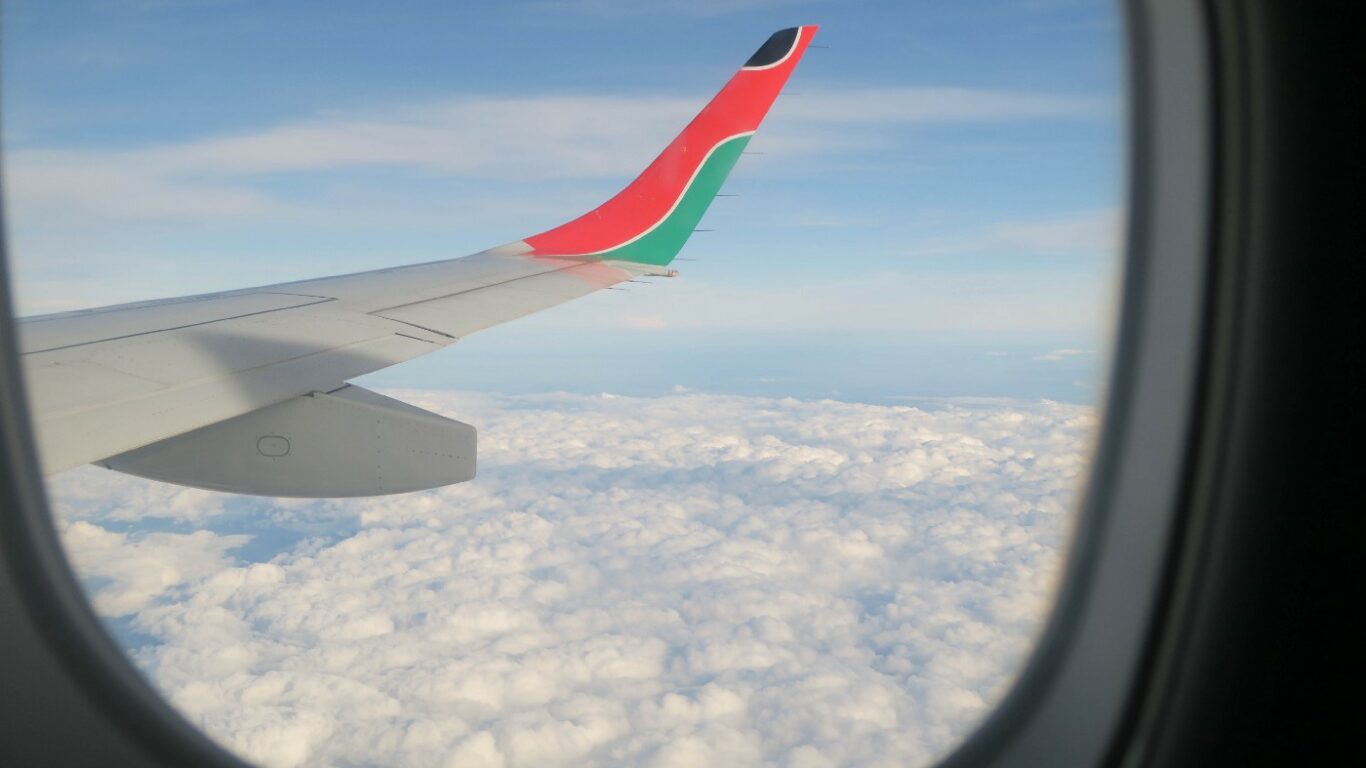Travelling to Kenya and Uganda? Ditch expensive currency exchanges and switch to mobile money, the more accessible alternative.
It’s Cheaper. Quicker. Safer.
We’ve all been there. Bags all packed, hand over work is settled, you’re in the cab to the airport — then you remember you forgot to get cash in your destination currency.
Travelling for business can be a logistical marathon. You could well prepare and schedule down to the dime and minute and still be far off from what you’ll actually use.
Why? Not knowing money options abroad, many of us end up voluntarily getting ripped off at the airport currency exchange or running to the closest ATM once we arrive.
Currency exchange and bank transfer fees are predictably unpredictable. However, with enough research, you can find the cheapest convenient way to get money abroad, save yourself all this hassle, and focus on what really matters.

Photo by Shalom Mwenesi on Unsplash
Here, we outline and evaluate the options (by how cheap they are and convenient they can be) you have when travelling to Uganda and Kenya.
Currencies:
Kenyan Shilling (Code: KES. Symbol: KES)
Ugandan Shilling (Code: UGX. Symbol: UGX)
1. Airport Currency Exchange
The last-minute solution. It’s convenient, but they charge exorbitant administration fees and terrible exchange rates thanks to the lack of competition and your desperation.
Even if it says there’s “no commission / service fees,” the exchange rate alone means you get a lot less bang for your buck.
Only use as last resort and change only enough to last the first 24 hours of your trip (for the cab to the hotel or food kiosks). Then find other solutions.
If you’re opting for this though, don’t count on the destination airport to have an operating currency exchange point.
2. ATM cash withdrawal
This depends on your card-issuer and what the ATM accepts. Most Kenyan and Ugandan ATMs will take Visa, but not MasterCard. Check what you have before you go.
First off, don’t expect all ATMs to work. ATMs may run out of cash fast, and some aren’t actually operating. Connecting to foreign banks may also fail hence declining your transaction. It might take a while before you find one that works.
When you do find one, there are a few charges involved.
- Your bank’s foreign transaction fee.
- Your card issuer’ or the ATM’s cut from the exchange rate
- Commission from the ATM bank
Life hack: Always choose to withdraw in the local currency. i.e. Kenyan or Ugandan Shillings.
When you choose to pay in your own currency, the ATM provider instead of your card issuer applies their own exchange rate. That is usually a lot worse than the interbank rate! This tricks you as people usually choose to pay in a more familiar currency, and they make profit.
The card issuer also has a mark up on the interbank rate, but it’s usually much cheaper.
You’ll also need to notify your bank before you travel to avoid fraud alerts!
3. Credit Cards
Make sure to bring a credit card, as hotels and rental car companies often need a card on record and won’t take debit.
On the day-to-day, avoid credit cards as they charge a foreign transaction fee. Unless you’ve found the rare gem without! Some may not actually take cards.
In addition to costs, paying with your credit card open you up to risks of fraud and theft.
But instead of traditional methods, why not do as the locals do and tap into booming fintech solutions? We present to you: the faster, cheaper, safer solution:
4. Mobile Money and multi-currency e-wallets
One surprising thing you’ll find in Uganda and Kenya is the ubiquitousness of mobile money.
Money money is like an electronic wallet. Users can send, store, receive payments using their mobile phones. Every SIM card is tied to its own account. Even without a smartphone, you can send and receive money via SMS.

Hinman, Rachel. 2012. The Mobile Frontier. New York: Rosenfeld Media.
As the Economist says, it’s now easier to pay your cab driver digitally in Nairobi than it is in New York.
Basically, everyone has it. 9 out of 10 Kenyans has a mobile money account (most with the main operator, Safaricom’s M-Pesa). Close to half of Kenya’s GDP is transacted on mobile money.
There are around 23.4 million registered Ugandan mobile money customers (mostly with MTN Uganda and Airtel), more than there are traditional bank users.
From Taxis to supermarkets, the infrastructure for locals to receive payments via mobile is rapidly expanding.
Most ride-hailing services in Kenya and Uganda (i.e. Uber, Taxify, Little Cab, QuickTaxi, SafeBoda, MondoRide) have officially adapted to mobile money payments. Many merchants will also allow you to pay by sending money according to their displayed Till number. Together, more than 109,000 Kenyan merchants now take M-Pesa payments, and the number is growing every day.
This is also much safer than carrying a card or bulk cash around with you. On the Eversend multi-currency e-wallet, for example, every transaction has to be approved with your PIN.
“Great. But how hasn’t this been a thing for travellers?”
Why couldn’t you, a foreigner, just pay your cab driver on your phone?
This has been a problem, as these excellent mobile money payment systems are mostly confined within borders.
International payments into a local mobile wallet were possible (say from a card or foreign bank account), but very expensive.
Enter Eversend.
We’ve built a multi-currency wallet that you can cheaply top up and pay directly into a mobile money recipient like M-Pesa, MTN mobile money or Airtel Money.
All of your currencies are clearly displayed on your smartphone app. You can exchange between them and pay from them, all just from your phone.
Basically connecting different financial systems! No more rushing to foreign exchange shops and hogging bulk cash around.
How does Eversend work?
1) Top up your Eversend account with your home currency using your bank card (VISA, American Express or Mastercard) Bonus — You can also top up your KES account using MPESA or MTN mobile money if you already have mobile money accounts.
You can do this on the app from anywhere — the cab to the airport, while you wait to board, or after you’ve arrived.
2) Make the exchange to destination currency on Eversend, at super cheap rates enabled by our lean operational model and blockchain technology!
3) From this amount, you can make payments straight from the app into mobile money accounts.
Getting cash
While mobile money is growing at full steam, it’s still safest to have some cash on you.
Get cash without the costs of mentioned conventional methods using Eversend.
If you’re on business, it’s likely that you have a colleague or friend there who has a mobile money account.
Simply send them the money from Eversend!
They can withdraw cash from over 200,000 mobile money agents in Kenya. That’s where locals can exchange virtual money to cash. Locations include shops, post offices, bank branches, etc. over 40 times the number of actual ATMs.
With Eversend
No more expensive exchange rates, queues, and hidden commission fees.
